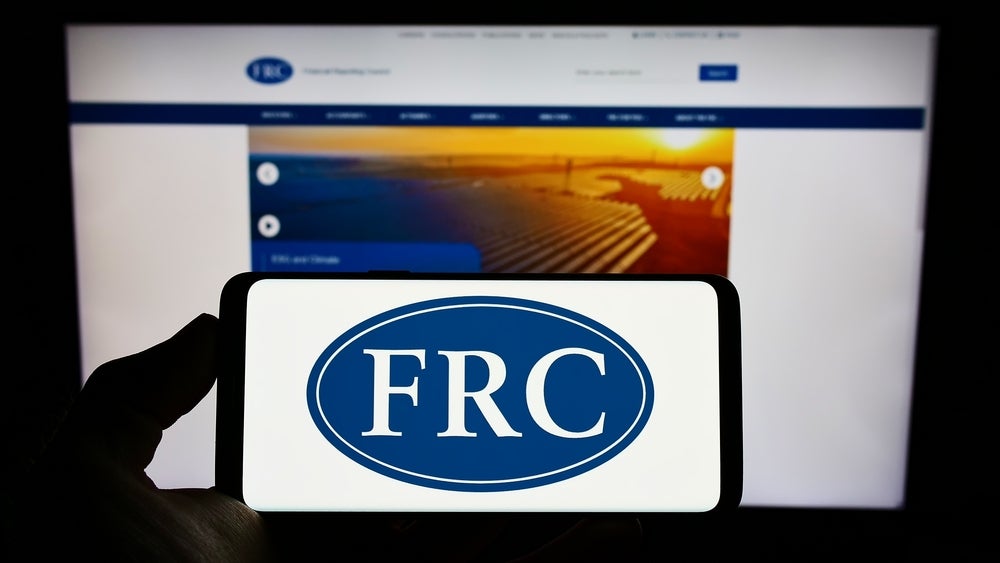
Although economic activity has picked up since the start of the year, the outlook remains weak by historical standards. GDP growth is forecast at 0.3% in 2024, accelerating to 0.9% in 2025, with longer-term economic growth expected to reach just 1% this decade, according to KPMG’s latest UK Economic Outlook.
Inflation is expected to return to its 2% target in the first half of the year, which should pave the way for interest rate cuts from the summer. Interest rates are forecast to fall by 100 basis points this year, settling at 3% in the second half of 2025.
Falling interest rates could spur partial recovery in liquidity conditions, with accumulated ‘dry powder’ aiding a bounce-back in private equity deals. However, the deterioration in access to finance pre-dates the current interest rate cycle and funding costs are expected to remain above earlier lows. So, while short-term recovery in liquidity conditions is on the cards, longer-term issues may be more persistent.
There are ongoing signs that the labour market is softening, with employers hesitant to commit to new hires. However, a lower participation rate – due to adverse population trends and a larger proportion of the population actively choosing not to look for work – could leave the supply of labour relatively low. Pay growth is expected to ease but to outstrip inflation, at 4.5% in 2024 and 3.7% in 2025, according to KPMG’s latest projections.
Commenting on this, KPMG UK chief economist, Yael Selfin, said: “The UK economy is recovering from the shallow recession registered in the second half of last year. Business surveys are consistent with a reacceleration of growth, households are rebuilding their purchasing power, and consumer confidence is expected to bounce back. However, persistent weakness in the economy’s supply potential will prevent growth from exceeding 0.2-0.3% per quarter.”
The fall in house prices may have already bottomed out, but higher borrowing costs and expectation of lower rates are likely to keep housing transactions at low levels, as potential borrowers delay purchases in anticipation of better deals. Nonetheless, the fall in house prices turned out milder than expected, at around 4% from peak to trough. This could help support the housing wealth of homeowners, restoring confidence and fuelling growth in consumption. KPMG forecasts household consumption rising by 0.5% in 2024 and 1.5% in 2025 in real terms.
How well do you really know your competitors?
Access the most comprehensive Company Profiles on the market, powered by GlobalData. Save hours of research. Gain competitive edge.

Thank you!
Your download email will arrive shortly
Not ready to buy yet? Download a free sample
We are confident about the unique quality of our Company Profiles. However, we want you to make the most beneficial decision for your business, so we offer a free sample that you can download by submitting the below form
By GlobalDataMeanwhile, looser financial conditions and lower interest rates are the main factors driving stronger investment growth. While investment is forecast to see a minor fall of 0.1% during 2024, a recovery is then is expected to take hold in 2025, reversing this decline with growth of 0.3% that year.
Selfin concluded: “Demand remains the main source of concern for many businesses, as they put hiring decisions on hold and reconsider investment plans. The upcoming general elections, both at home and among the UK’s main trading partners, compound the uncertainty surrounding future tax and trade policies within an already fragile geopolitical landscape. Those adept at navigating these challenges stand to gain the most from seizing the first-mover advantage.”





